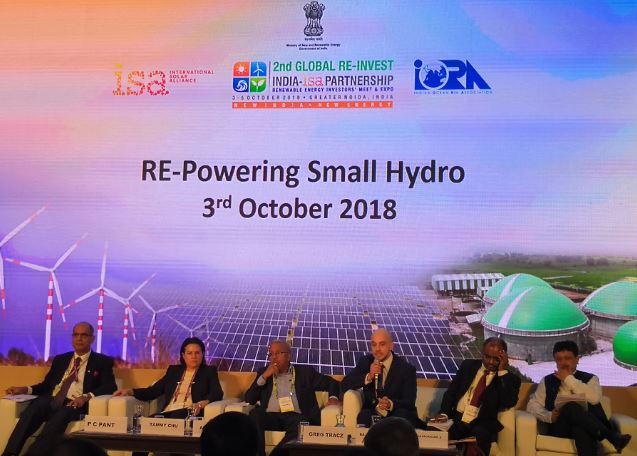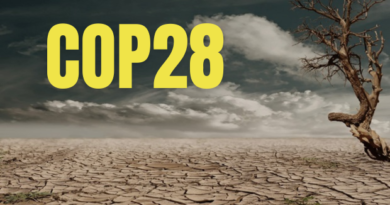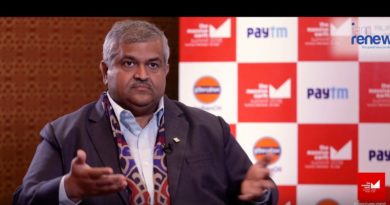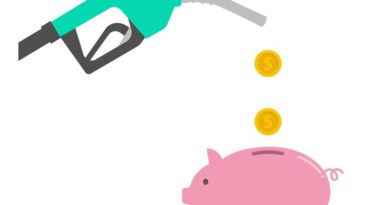REINVEST2018: Small Hydro And The Fear of Being Forgotten
At the ongoing Reinvest2018 conferences, the session on small hydro focused on the unique set of challenges the sector faces
 Finding a voice
Finding a voice
Tucked away in the detailed schedule of the massive REInvest conference was a single session on small Hydro, perhaps explaining exactly what the problem for the sector is. With projects upto 25 MW classified as small hydro in India, the sector finds itself caught between the chequered record of what we can call ‘large’ hydro and the new favourites, Solar and Wind Energy.
With a panel including Prof Arun Kumar from IIT Roorkee, Ms Tammy Chu, managing Director, Entura, a firm that has made its reputation with work in Tasmania, Australia,Greg Tracz of the International Hydropower Association and Dr Venkatachalam Anbumozhi from the Economic Research institute for Asean and East Asia, the panel also had reprsentation from small hydro developers association, in Mr Rajesh Sharma. Dr. PC Pant, Scientist, MNRE joined up to offer the ministry perspective for the sector.
In a really interesting discussion, the focus moved between the challenges faced by developers in India to the challenges small hydro faces worldwide. While disavowing any major impact of the issues with large dams on their work, the majority of the panelists agreed that communication of the benefits of small hydro, be it their limited environmental impact, their use of local resources, employment generation, and the many benefits small hydro delivers besides just power generation, needed to be understood better by influencers. This is particularly important when the cost per MW for a small hydro project can go upto Rs 10 crores initially, unlike the seemingly low cost of Solar today.
With all approvals involving projects beyond 25 Hectares going to the ministry of environment and forests, developers obviously would like it to become a state led process, rather than a central ministry approval, to speed it up.
Tammy Chu spoke about how small hydro can play a key role as a power storage medium, rather than a base load contributor.
A huge issue, faced by almost all renewable producers, and especially by Small Hydro producers, is the issue of evacuation of power. As the projects by their nature tend to be in relatively inaccessible areas, creating the infrastructure required to evacuate power loads costs to the projects, making them more difficult to evaluate in purely financial terms. Opportunities like exploring eco-tourism around projects should be explored, according to the panel.
Subsidies was a major sore point for the producers, who believe small hydro has been deprived of subsidies unlike solar and wind. Thus, even as one group believes hydro needs to be included in the overall renewable targets for the country to get higher visibility, they could also see the possible support that might get the sector from the central government.
Himachal, as the leading state in small Hydro has a lot of the hard running to do, as the state seems to have the most to gain, or lose, from how events pan out for this sector. Especially since Uttarakhand, the other hill state with a high potential, seems to be stuck in a quagmire of poor execution of large projects, and the pressure to stay off from culturally sensitive rivers like the Alaknanda, Bhagirathi etc, that join up to form the Ganga river.
The sector is clearly a close knit sector, as evident from the active involvement of the audience, that had very good representation from sector experts and other stakeholders.




